 |
| Review by Caitlyn Thompson |
Blue is the Warmest Color is about a young woman’s discovery of love and identity.
Adele Exarchopoulous and Lea Seydoux perform incredibly as the central lovers, Adele and Emma.
Abdel Kechiche follows the emotional and physical consequences of their relationship over ten years.
Romantic films tend to focus on just that, romance.
Blue focuses on the behind-closed-doors evolution of a relationship and how partners’ needs change over time. Relationships aren’t usually comedic and romantic they are messy and disorienting.
The movie is indelicate this way—messy and disorienting. It’s shot gorgeously but it’s raw and grotesque.
There is a great deal of controversy about the graphic nature of this film, but the director uses his close-ups consistently.
Kechiche doesn’t restrict his zoomed shots to sex scenes, his emphasis lies in the faces of the characters, really bringing the audience into the intensity. He doesn’t stray many inches from faces while characters chat on buses, cafeterias, bars, lay in the grass, while they eat, etc. We are forced to be something more than voyeurs through his direction, we are meant to experience the relationship with and maybe as the characters.
We take the journey with Adele (Exarchopoulous).
In high school, Adele has a group of sexually charged friends who know and dissect each other’s every move. Her family is traditional and conservative. Pressures from these groups make Adele far more timid about her sexual orientation and ultimately inform her role as an unequal partner later in life. She is full of passion and creativity yet stifled by opinions and societal norms thus enabling her submissive behavior. Conflicts arise as we see how Adele’s role as a significant other has been affected by her social network and familial upbringing.
Emma (Lea Seydoux), contrastingly, is a blue-haired visual artist, who proudly acknowledges her sexual orientation and is inspired by her intellectual, high-class parents. Emma aspires to greatness through hard work and a desire to be the best. Adele is comfortable settling as the “lesser” partner, content with a career she can do, not one she can grow within.
There is a poignant conversation in the middle of the film when a male character is explaining that men cannot feel what women can feel – sexually and beyond. He goes on about how through nude artwork men attempt to depict a sensation they cannot physically experience. I mention this because the director is male and he does capture very difficult sensations of a female-same-sex relationship. But the fact that there are two women isn’t the extraordinary part.
Blue isn’t meant to depict a strictly gay relationship, the film explores the relationship of two highly contrasting individuals: intellectual versus emotional, creative versus conventional, white collar versus blue.
The couple happens to be same-sex but the story is larger than that aspect. The brilliance of Kechiche’s film lies in the depiction of the growth of fundamental differences despite any amount of passion between partners. He focuses on the beauty in the quotidian moments (wind wisp-ing hair, eating, sleeping, talking) while intertwining the most passionate and challenging stages of developing relationships (sex, in/dependence, career discovery).
The palpability would not be illustrated so beautifully if not for the performances of Adele Exarchopoulos and Lea Seydoux. These women deliver a story with incredibly realism from the visceral physical component of their relationship to the emotion exertion, they are equally palpable.
Blue is the Warmest Color isn’t easy to watch, but it’s evocative and enthralling that should reach a large number of hearts through its inescapable depiction of how complicated love can be.
















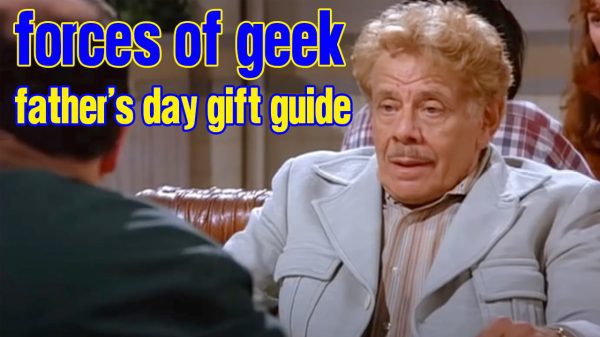

































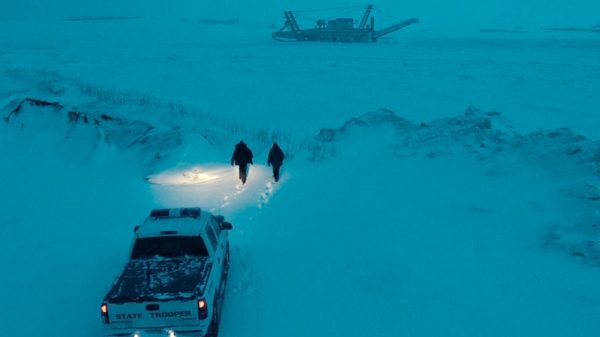
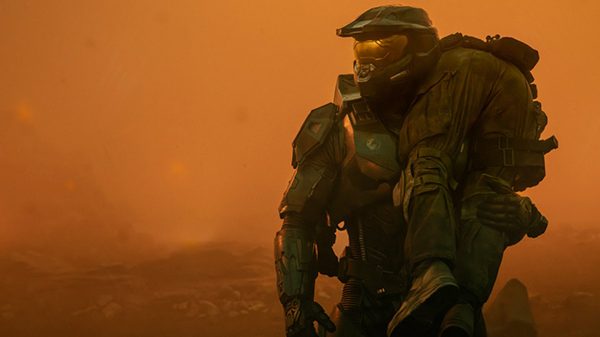








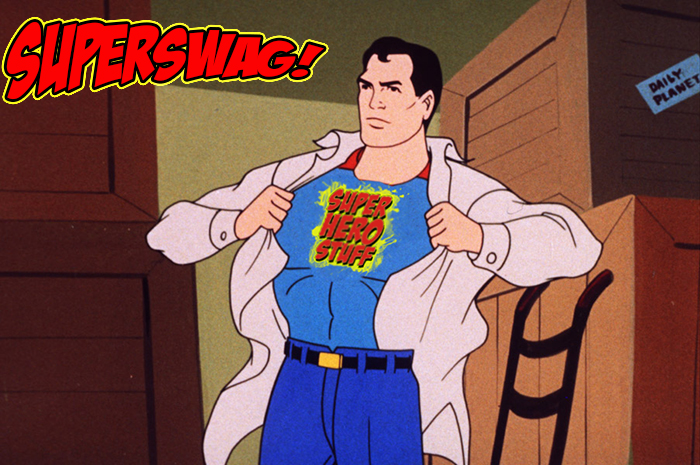

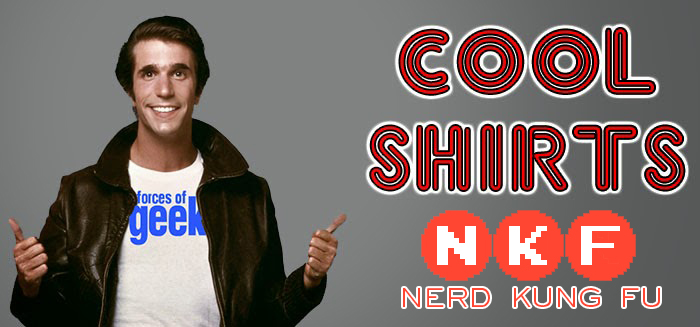












































You must be logged in to post a comment Login